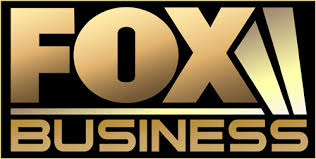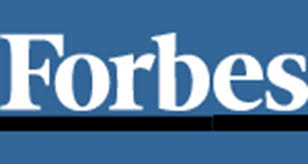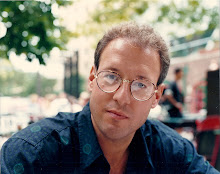So it's easy to see why Ray asks this question. ERP can easily become a commodity. Now Ray argues that mispositioning can put you in the wrong category and thus retard sales, buyer perception and hence PROFIT. But I say if you sell technology you sell that technology. iPads are selling iPads. If you're selling corneal transplants you're selling corneal transplants. If you're selling ERP you're selling ERP. But look at iPads. As a category they may be the emerging thin clients cloud computing's been wanting to make popular. In the end all human/technology interfaces will be thin clients. But you're still selling iPads. That's your category even though iPads are mostly used for fun. Now that you're in the category, the question is differentiating yourself within the category. Here's what I said.
Exactly Ray, Toss out all quadrant or matrix position systems quant jocks employ. They’ll throw any product, company, brand or category off track because it gives brands nothing they can own or use to differentiate. This is how categories become composed of highly price driven commodities in every category. So we discovered a company, product, brand or category’s reason-for-being best defined by finding it’s Special User Effect.
As General Motor’s proved, you can target exciting fun family products (Pontiac), versus family value products (Chevrolet) but GM killed Pontiac. It’s matrix quadrant was irrelevant to car buyers even though corporate strategy thought it viable. In reality, the division never knew what consumers wanted. It just made what they wanted then told advertising we needed it. That’s bass ackwards. The Pontiac Division never had a “consumer” reason-for-being. Same with brands I turned around like Folgers or Pampers. Though heralded as the second coming of CHrist by quant jocks and market research consumers perceived pre-ground convenience, flavor and aroma as “me-too” cost-of-entry sensory parameters so the agency direction of “Mountain Grown” to support the contention that Folgers was the richest kind of coffee NEVER moved the needle even though my client spent $100 million that year domestically to support the message. The SPECIAL USER EFFECT we found was “stimulation.” Stimulation was a “brand ownable” differentiator versus the “category generic” sales drivers of ‘convenience’, ‘flavor’, and ‘aroma’. To the 23% of heavy users who account for 87% of category volume annually “the best part of [their] waking up is caffiene [Folgers] in their cup.” To them, Folgers is in THE STIMULATION business. With this insight we turned a $300 million brand into a $1.6 billion business by stealing all that share from Maxwell House, MJB & Hills Bros who could not take off their matrix driven “category consumption” blinders. Great post Ray Man. So is the real question, "How should an ERP client best differentiate themselves in a highly price-driven commodity category."
By the way, was speaking to Kraft’s Beverage President Bob Levi who oversees Maxwell House for Kraft Foods. Though he knows all this he still just launched a new flavor and aroma campaign that bounced off the market like spit wads fired at an M1 Abrahms Tank. No impact against the 47 to 14 share lead stimulation gave Folgers…and only Starbucks once came close to hitting our competitive strategy on the head with their “Think Earlier” campaign. Anyway, the same thinking works regardless of what business you’re in.













1 comment:
Ringing a Myopic bell...
If it is about the solution, ERP is a about how much easier it can make your life.
Doesn't asking "How should an ERP client best differentiate themselves in a highly price-driven commodity category." provide you too many limitations by suggesting the answer is about being price competitive? This would be to inward looking (i.e. cutting costs, scale etc.). I would imagine a more outward looking question is important.
Post a Comment